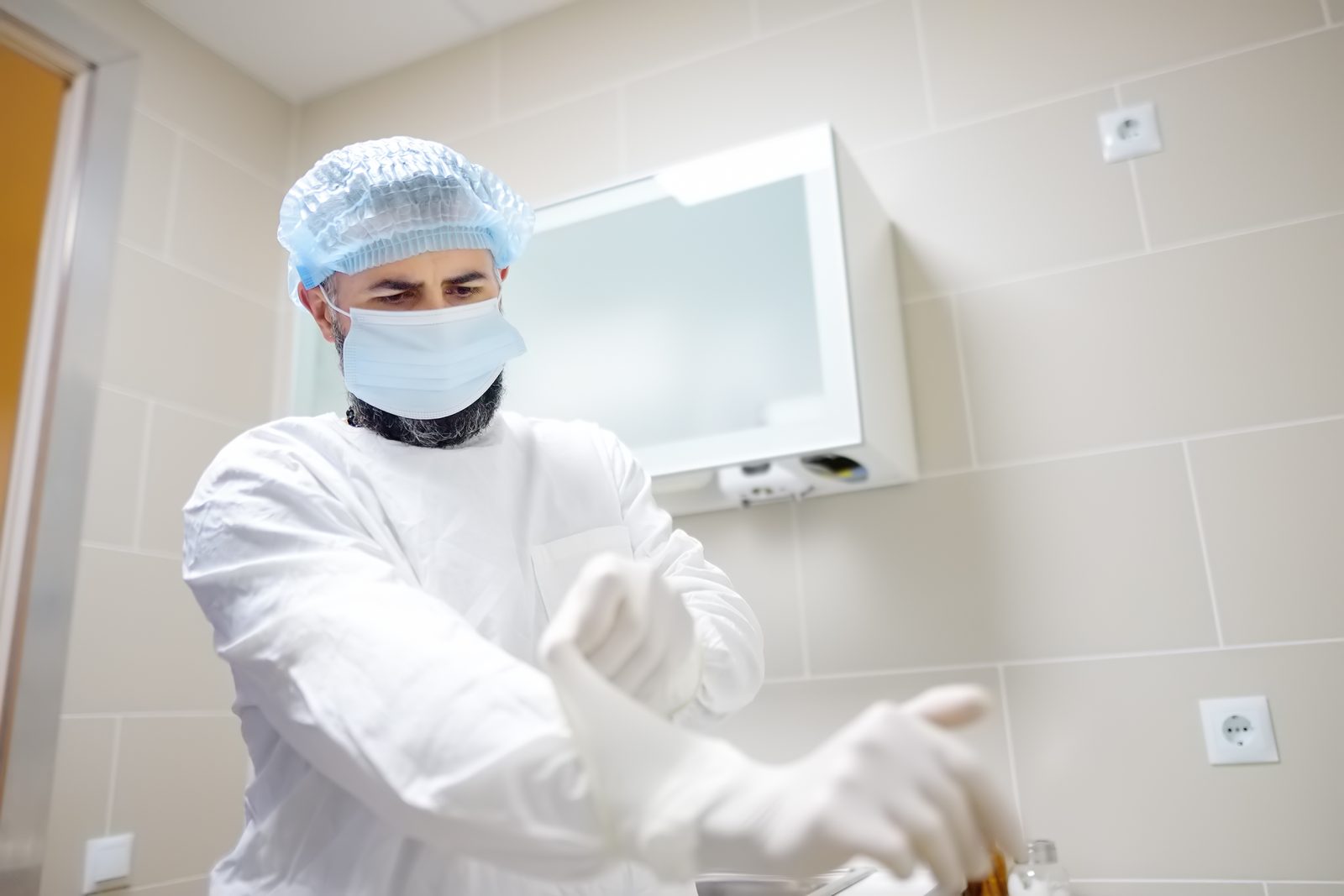Understanding Latex Allergies in the Healthcare Workplace will educate healthcare providers (HCP) on how to care for patients with latex allergies and protect other staff who are allergic to latex.
Latex refers to natural rubber latex, a product manufactured from a milky fluid derived from a rubber tree (Hevea brasiliensis). Several types of synthetic rubber are also referred to as “latex,” but these do not release the proteins that cause allergic reactions.
A latex allergy is a reaction to the proteins in latex rubber. The amount of exposure needed to produce an allergic reaction is unknown, making it important to remain extra vigilant when working with those allergic to latex.
What You’ll Learn
- Overview of latex and latex allergy
- Symptoms of latex allergy
- Risks and treatment of latex allergy
- Protection from a latex allergy
- What to do if you have a latex allergy
Details
Course length: 45 minutes.
Languages: American English
Key features: Audio narration, learning activity, and post-assessment
Get Certified
American Medical Compliance (AMC) is a leader in the industry for compliance, Billing, and HR solutions. To become certified, please visit us at American Medical Compliance (AMC).
Explore our other courses by visiting the AMC Course Library.
ACCME Accreditation
American Medical Compliance is accredited by the Accreditation Council for Continuing Medical Education (ACCME) to provide continuing medical education to physicians. Our Continuing Medical Education (CME) program is committed to enhancing the knowledge, skills, and professional performance of healthcare providers to improve patient care outcomes. Through high-quality educational activities, we aim to address the identified educational gaps and to support the continuous professional development of our medical community. American Medical Compliance designates this activity for a maximum of 0.75 AMA PRA Category 1 Credits. Physicians should only claim this credit for their complete participation in this activity.
Symptoms of Latex Allergy
Some people only have mild reactions to latex. Symptoms of these reactions include skin redness and rash. However, reactions can also be more severe.
Severe reactions typically involve respiratory symptoms. Examples of these symptoms include runny nose and sneezing. Take this training to learn more about the symptoms of latex allergy.
Who Is At Risk?
Healthcare workers are at risk of developing latex allergies due to their frequent use of latex gloves. However, even workers who use latex gloves less are still at risk. There are several ways to treat a latex allergy. First, it is important to detect symptoms early. Additionally, reducing overall exposure to latex is a great preventative measure. Once a worker becomes allergic to latex, special precautions must be taken. There are medications available to reduce the symptoms of latex allergy. However, completely avoiding latex is the best approach.
How to Protect Yourself from a Latex Allergy
This course explains several steps that you can take to protect yourself against latex exposure and allergy in the workplace. Here are some examples:
Nonlatex gloves can be used when not coming into contact with infectious materials. For example, nonlatex gloves can be used in food preparation or housekeeping. However, appropriate protection is needed when handling infectious materials. Powder-free latex gloves are the best alternative.
Some types of latex gloves are more likely to cause exposure to latex protein than others. Therefore, it is important to choose gloves that will help minimize the risk of latex allergy.
Additionally, chemical additives in latex gloves can also cause skin reactions. Therefore, implementing appropriate work practices to decrease the chances of latex allergy is crucial. For example, using hand creams or lotions could cause gloves to deteriorate. Therefore, hands should be washed thoroughly after gloves are removed. For more information on good workplace practices, refer to this training.



